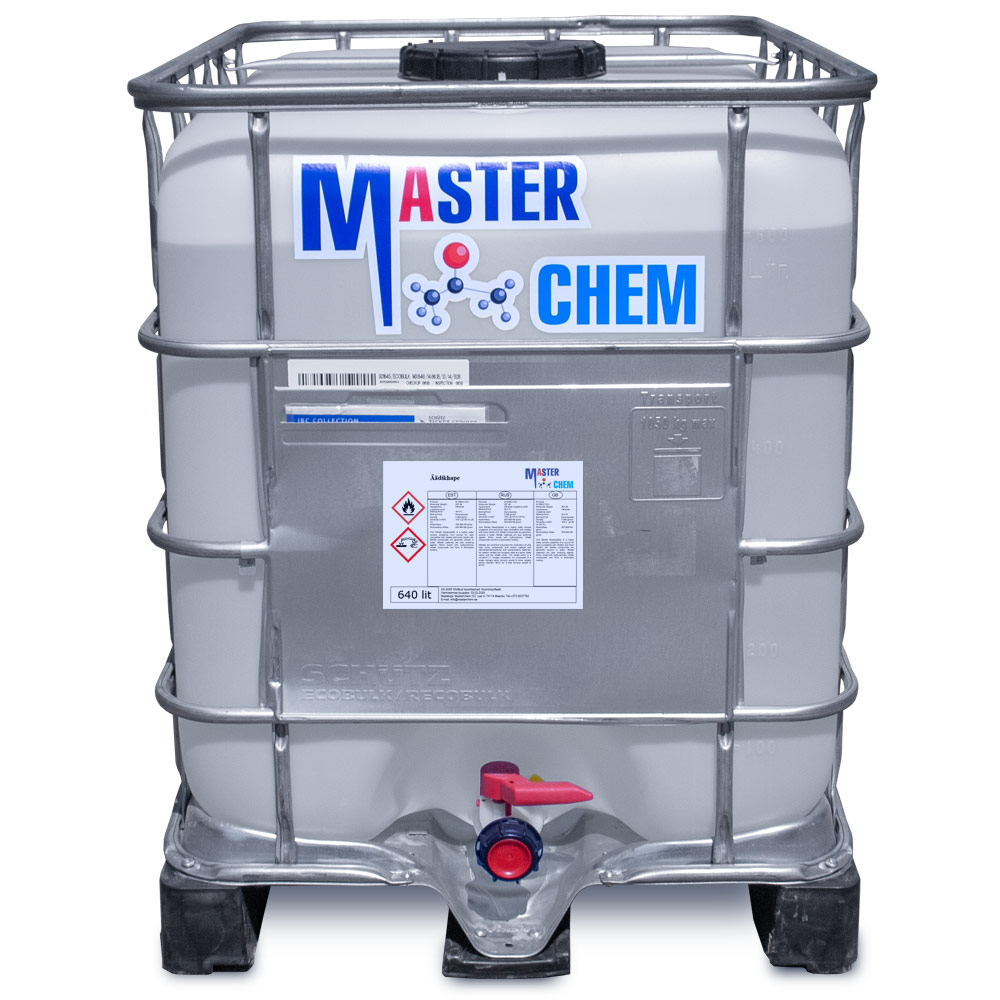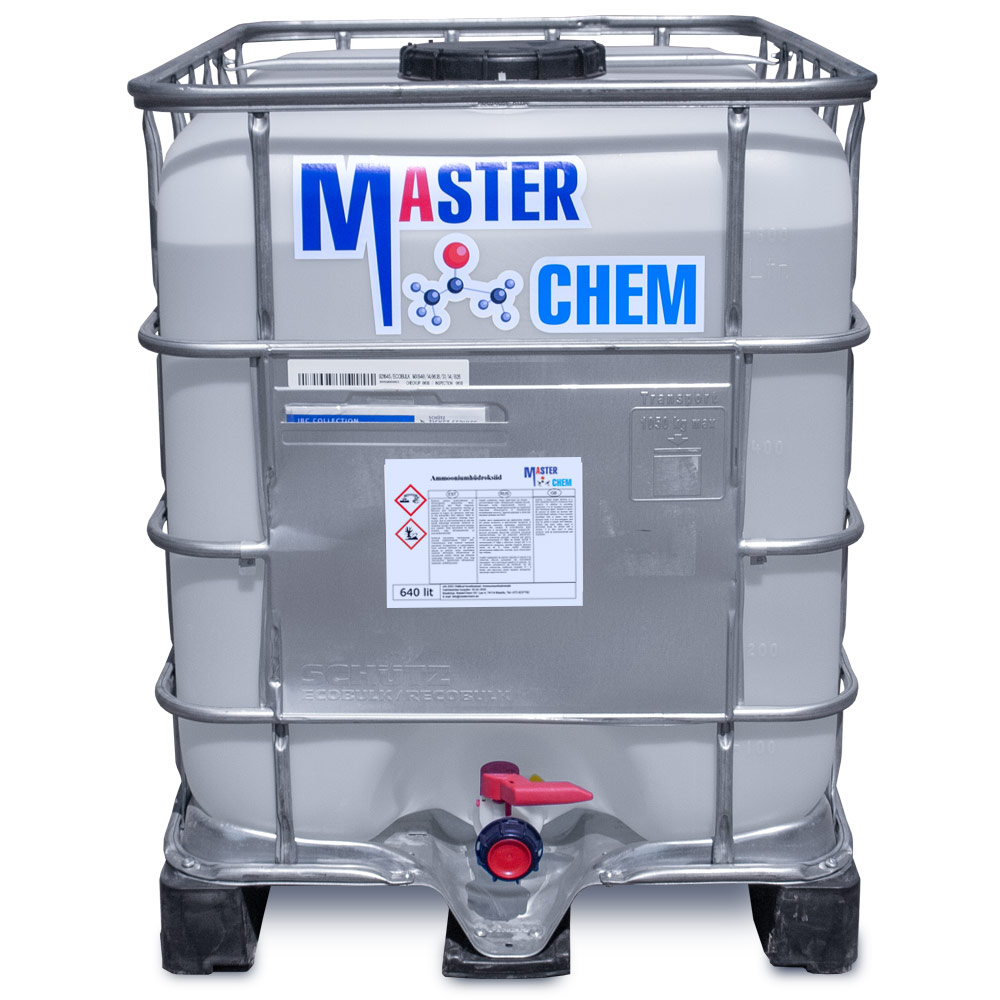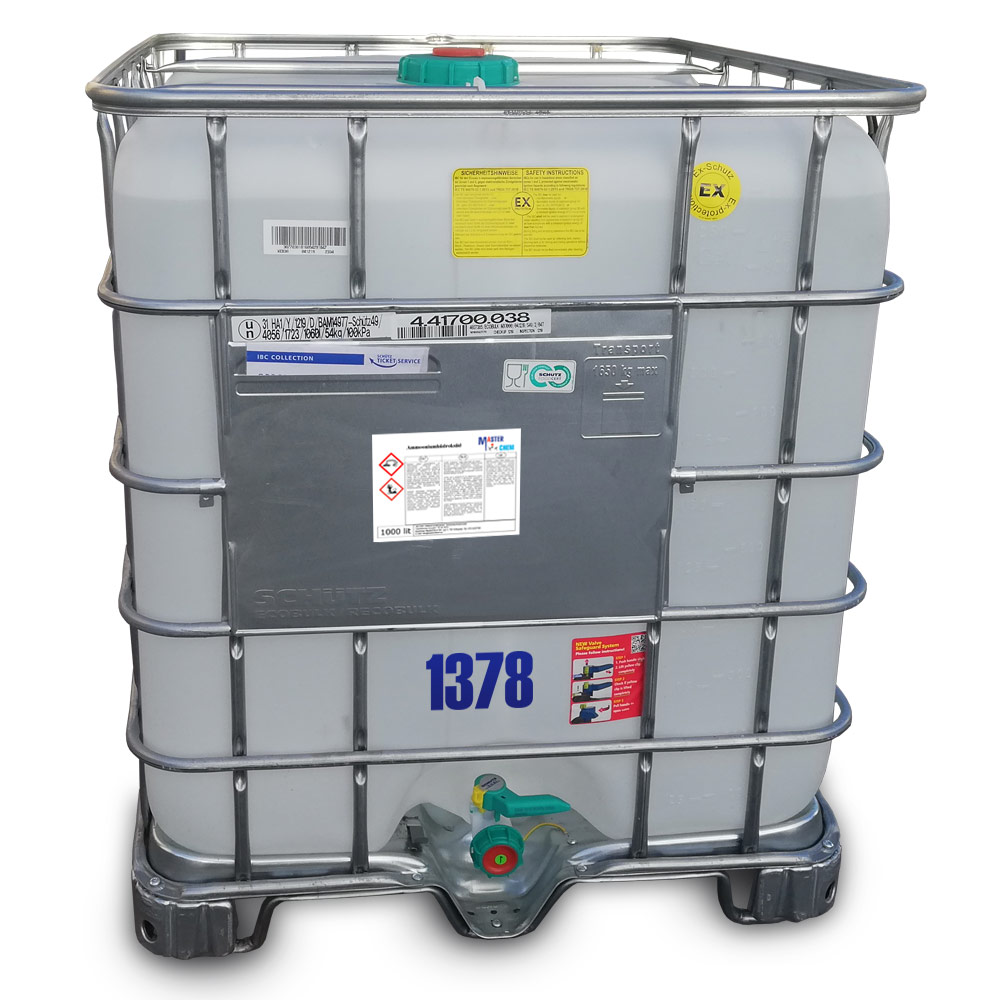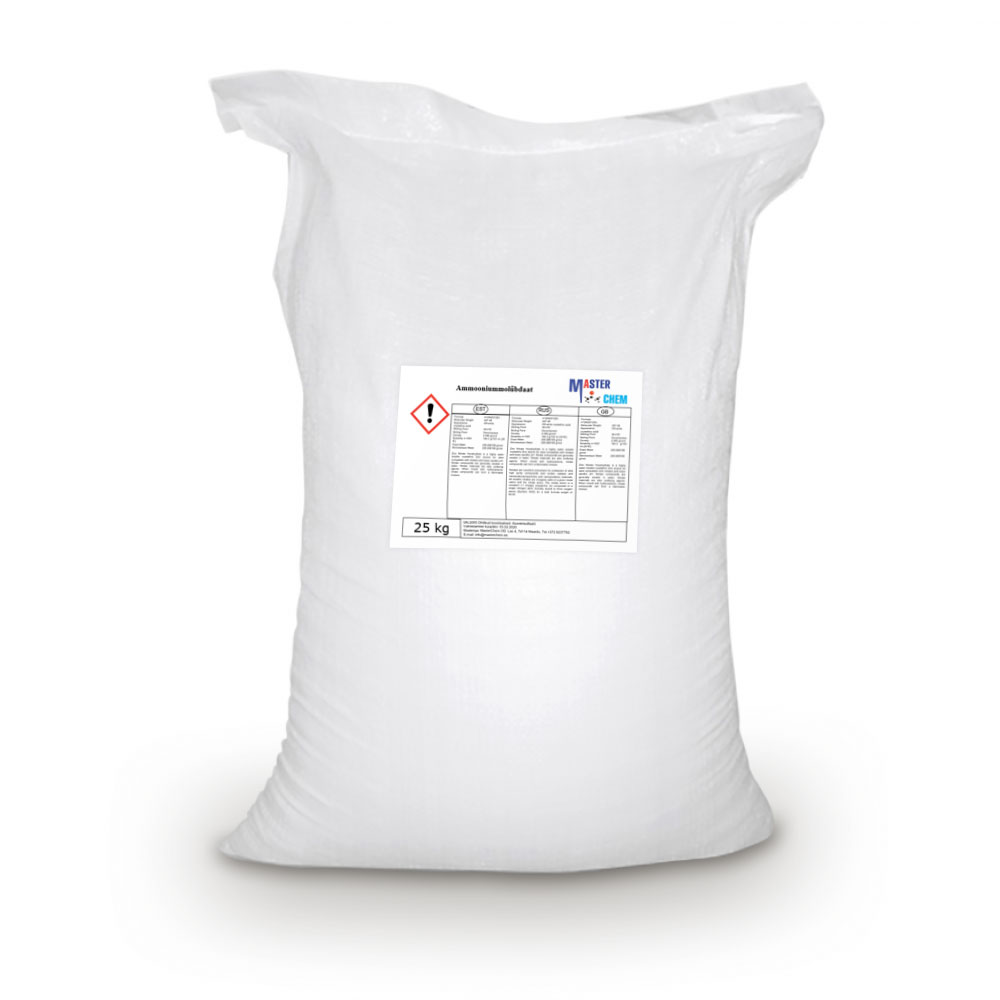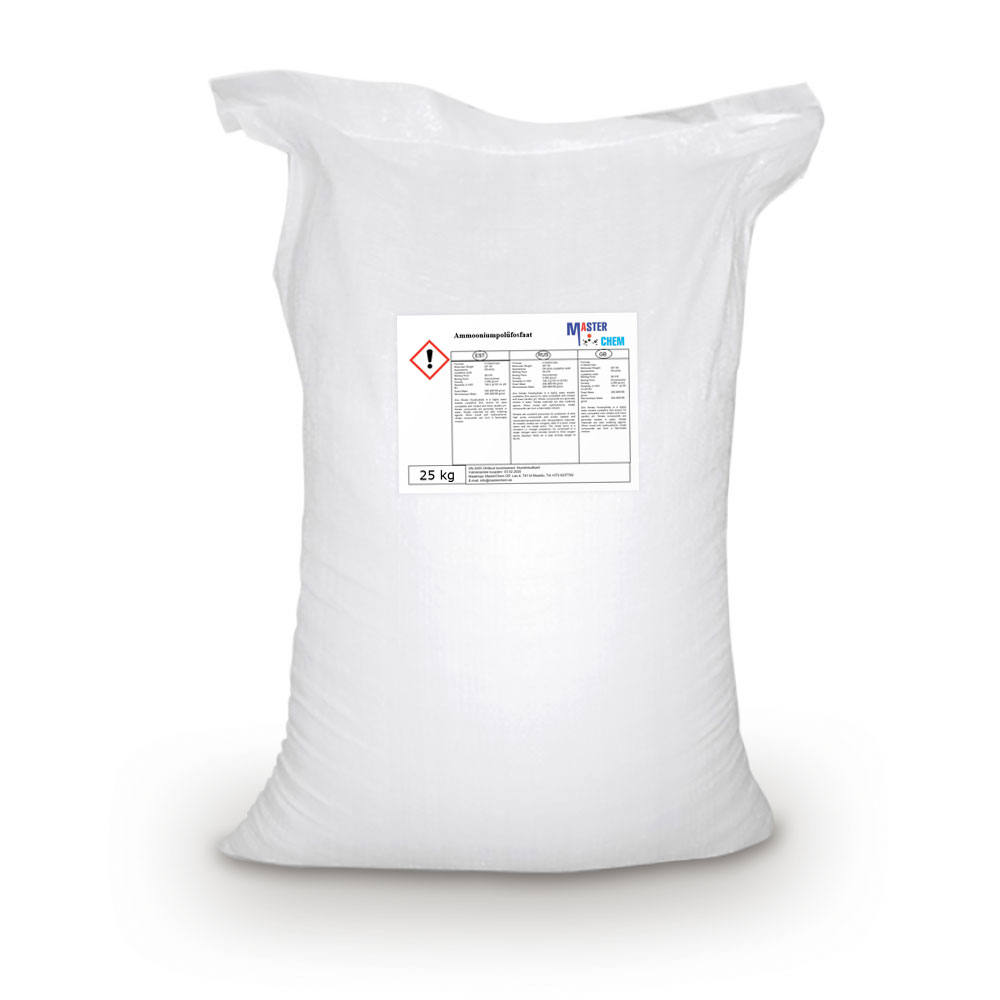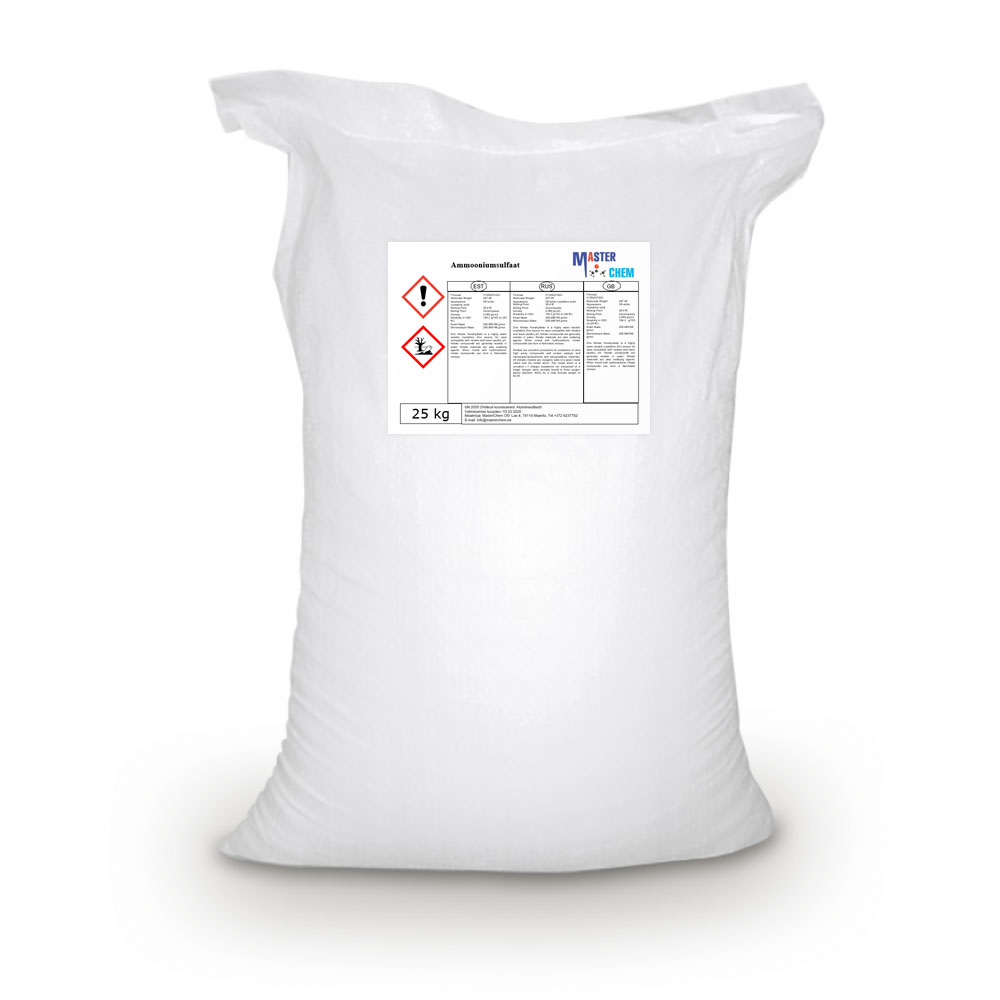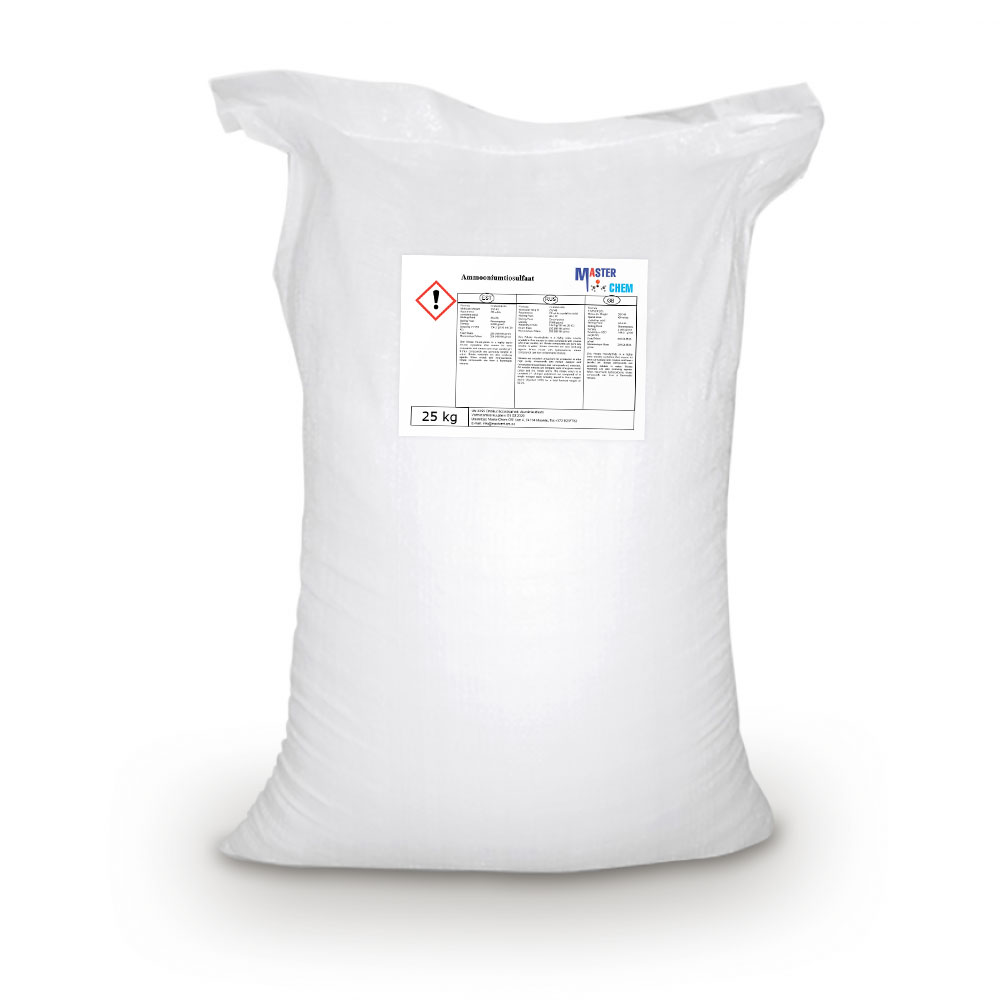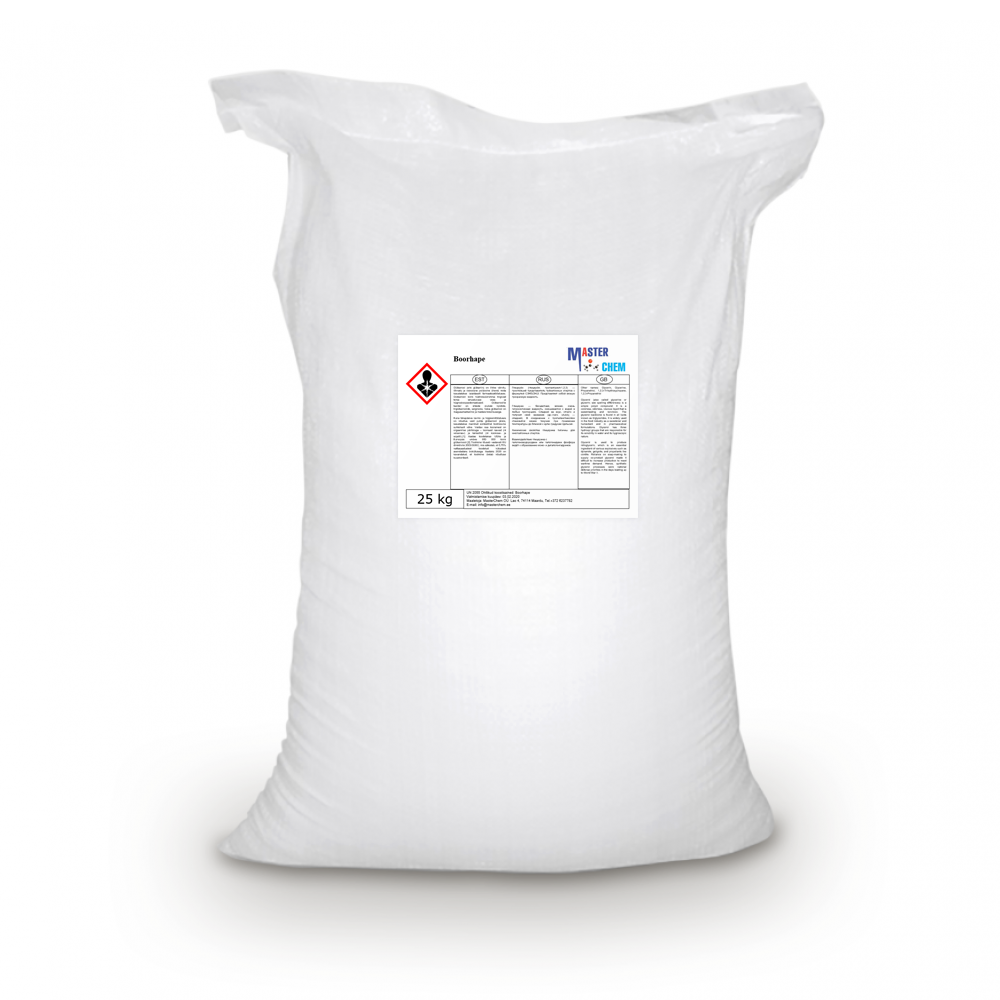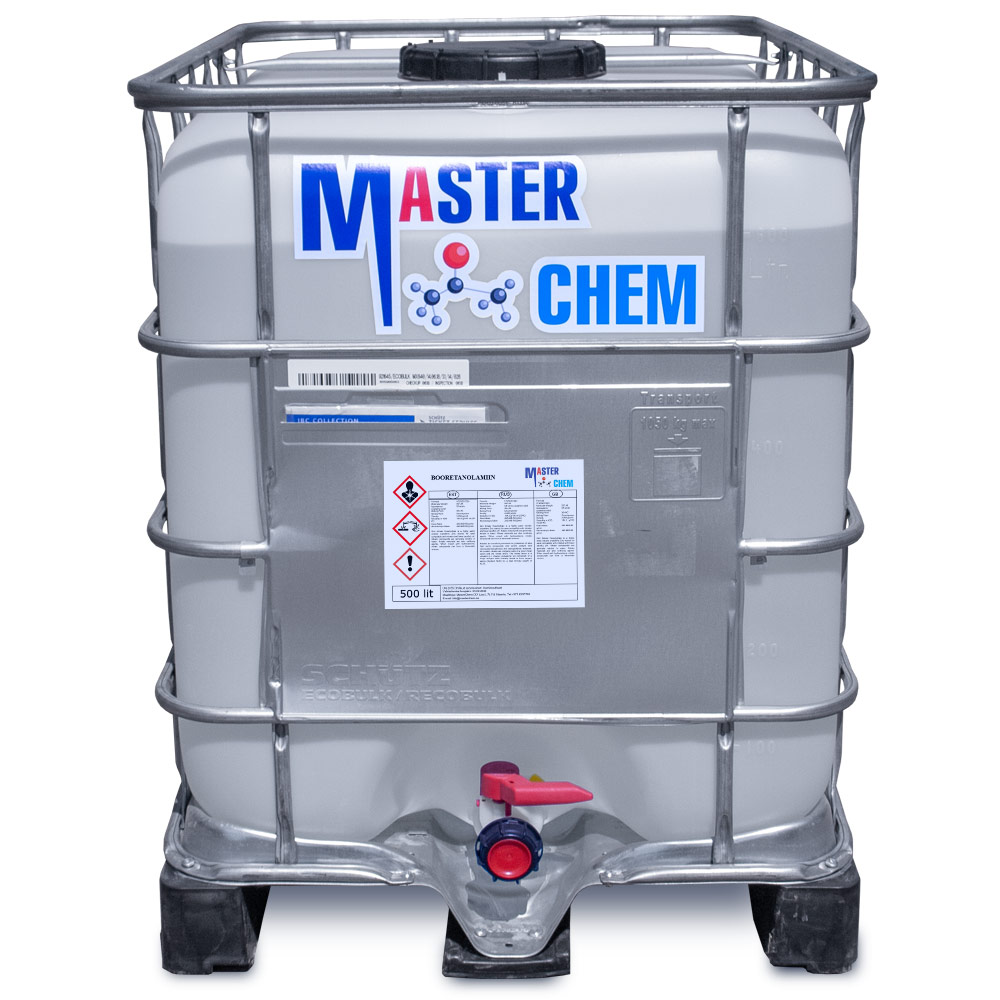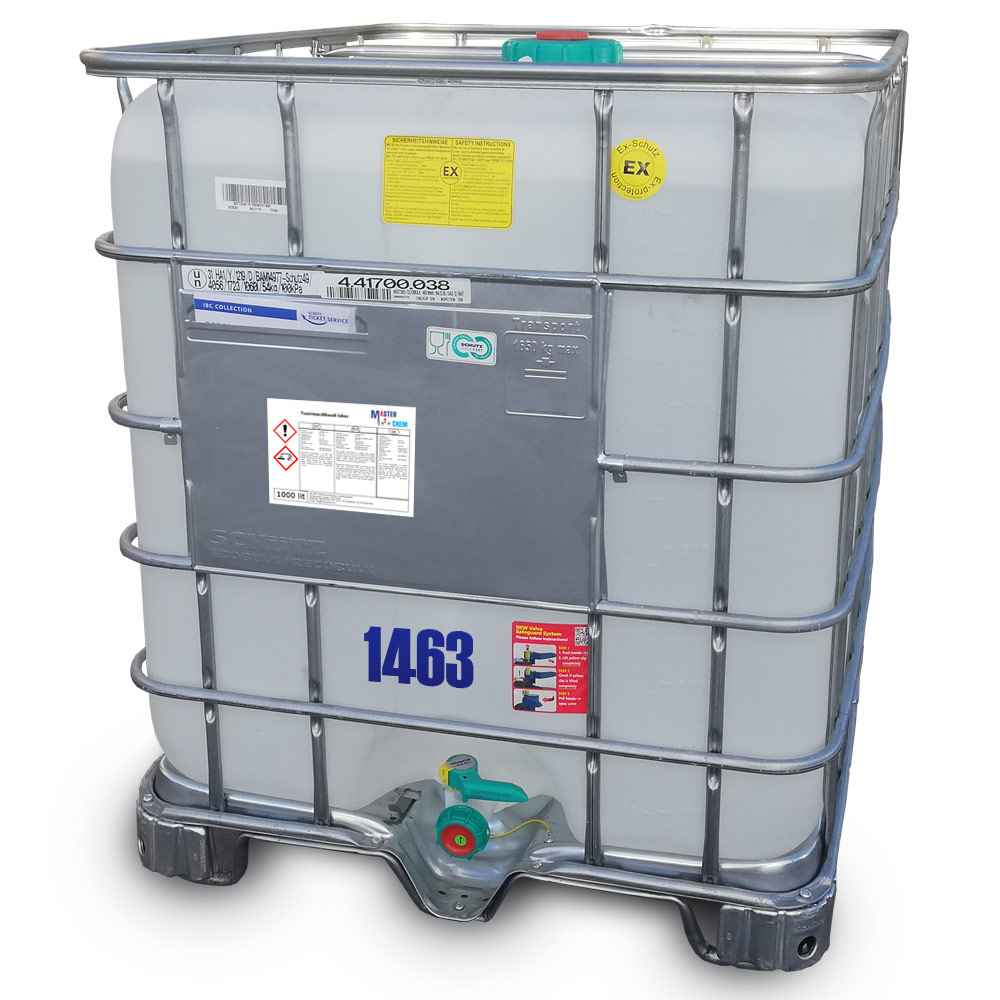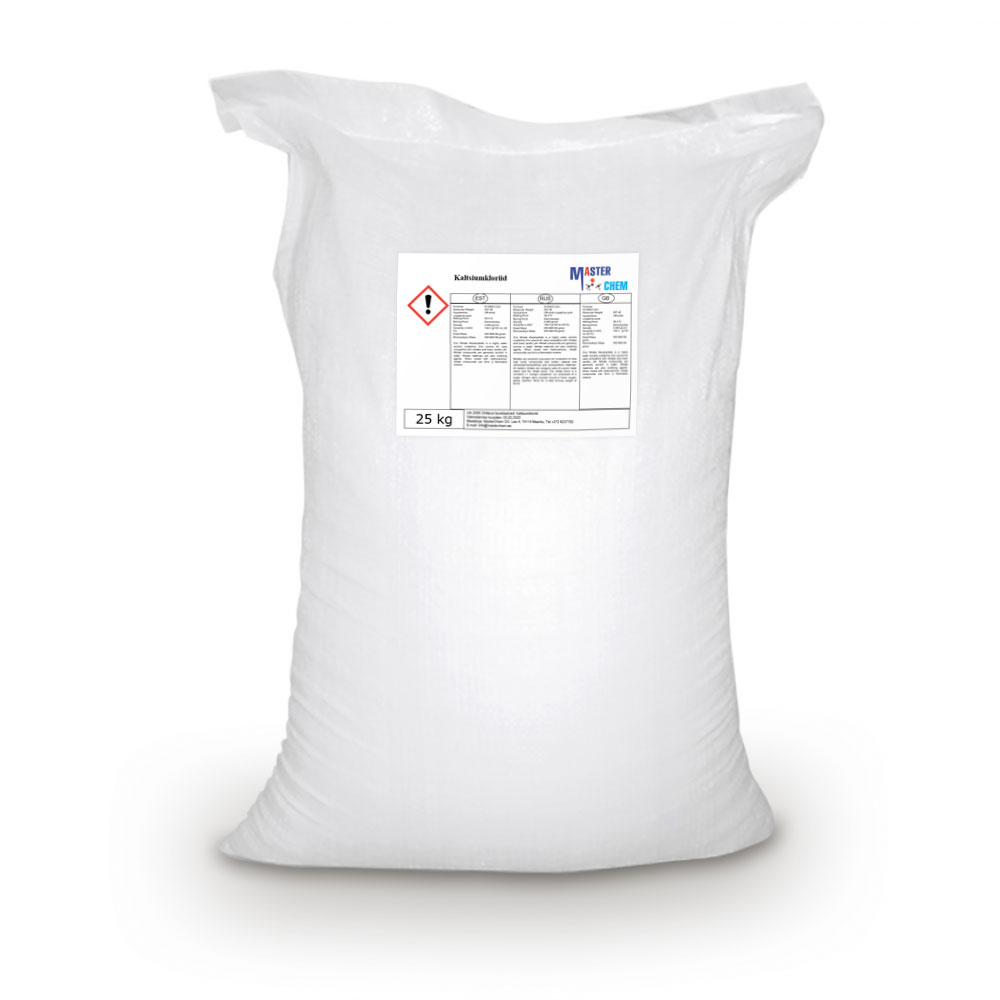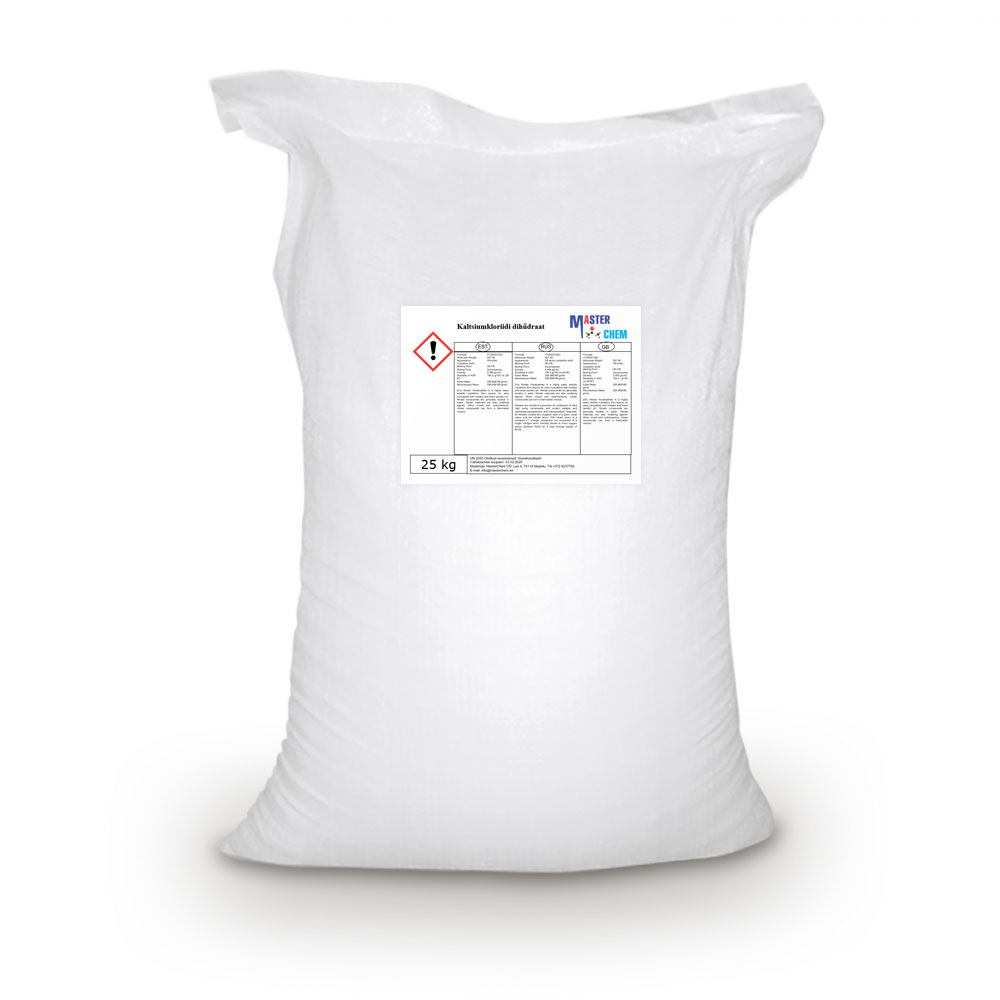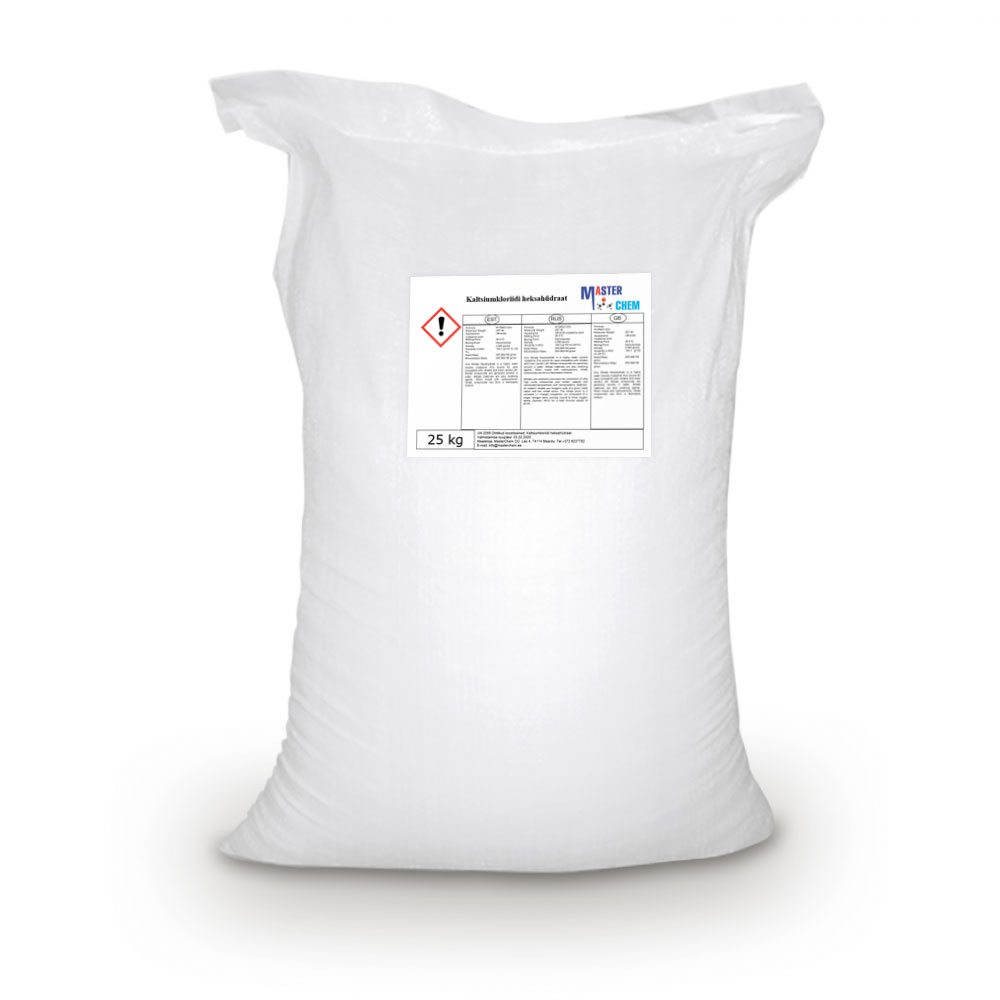Currently Empty: €0.00
Acetic Acid 50% (CAS 64-19-7)
Acetic Acid 50% (CAS 64-19-7)
Acetic acid, systematically named ethanoic acid, is an acidic, colourless liquid and organic compound with the chemical formula CH3COOH (also written as CH3CO2H, C2H4O2, or HC2H3O2). Vinegar is no less than 4% acetic acid by volume, making acetic acid the main component of vinegar apart from water and other trace elements.
Acetic acid is the second simplest carboxylic acid (after formic acid). It is an important chemical reagent and industrial chemical, used primarily in the production of cellulose acetate for photographic film, polyvinyl acetate for wood glue, and synthetic fibres and fabrics. In households, diluted acetic acid is often used in descaling agents. In the food industry, acetic acid is controlled by the food additive code E260 as an acidity regulator and as a condiment. In biochemistry, the acetyl group, derived from acetic acid, is fundamental to all forms of life. When bound to coenzyme A, it is central to the metabolism of carbohydrates and fats.
Acetic acid is a chemical reagent for the production of chemical compounds. The largest single use of acetic acid is in the production of vinyl acetate monomer, closely followed by acetic anhydride and ester production. The volume of acetic acid used in vinegar is comparatively small.
Ammonia solution (CAS 1336-21-6)
Ammonia solution (CAS 1336-21-6)
Ammonia solution, also known as ammonia water, ammonium hydroxide, ammoniacal liquor, ammonia liquor, aqua ammonia, aqueous ammonia, or (inaccurately) ammonia, is a solution of ammonia in water. It can be denoted by the symbols NH3(aq). Although the name ammonium hydroxide suggests an alkali with composition [NH4+][OH−], it is actually impossible to isolate samples of NH4OH. The ions NH4+ and OH− do not account for a significant fraction of the total amount of ammonia except in extremely dilute solutions.
Diluted (1–3%) ammonia is also an ingredient of numerous cleaning agents, including many window cleaning formulas. Because aqueous ammonia is a gas dissolved in water, as the water evaporates from a window, the gas evaporates also, leaving the window streak-free.
In addition to use as an ingredient in cleansers with other cleansing ingredients, ammonia in water is also sold as a cleaning agent by itself, usually labeled as simply “ammonia”. It may be sold plain, lemon-scented (and typically colored yellow), or pine-scented (green). Commonly available ammonia with soap added is known as “cloudy ammonia”.
Ammonium molybdate (CAS 12054-85-2)
Ammonium molybdate (CAS 12054-85-2)
Ammonium molybdate tetrahydrate (also referred to as Ammonium heptamolybdate, chemical formula: (NH4)6Mo7O24)), appearing as a colorless solid. It can be manufactured through dissolving the molybdenum trioxide in excess amount of aqueous ammonia and evaporating the solution at the room temperature. It has many applications, e.g. as an analytic reagent for measuring content of phosphates, silicates, arsenates and lead; for the production of molybdenum metal and ceramics; for the production of dehydrogenation and desulphurization catalysts; for the fixing of metals; for electroplating; supplement in the crop fertilizer; as a negative stain in biological electron microscopy; as an analgesic in medical fields.
Ammonium polyphosphate (CAS 68333-79-9)
Ammonium polyphosphate (CAS 68333-79-9)
Ammonium polyphosphate is an inorganic salt of polyphosphoric acid and ammonia containing both chains and possibly branching. Its chemical formula is [NH4 PO3]n(OH)2 showing that each monomer consists of an orthophosphate radical of a phosphorus atom with three oxygens and one negative charge neutralized by an ammonium cation leaving two bonds free to polymerize. In the branched cases some monomers are missing the ammonium anion and instead link to three other monomers.
Ammonium sulphate (CAS 7783-20-2)
Ammonium sulfate (CAS 7783-20-2)
Ammonium sulfate (American English and international scientific usage; ammonium sulphate in British English); (NH4)2SO4, is an inorganic salt with a number of commercial uses. The most common use is as a soil fertilizer. It contains 21% nitrogen and 24% sulfur.
The primary use of ammonium sulfate is as a fertilizer for alkaline soils. In the soil the ammonium ion is released and forms a small amount of acid, lowering the pH balance of the soil, while contributing essential nitrogen for plant growth. The main disadvantage to the use of ammonium sulfate is its low nitrogen content relative to ammonium nitrate, which elevates transportation costs.
It is also used as an agricultural spray adjuvant for water-soluble insecticides, herbicides, and fungicides. There, it functions to bind iron and calcium cations that are present in both well water and plant cells. It is particularly effective as an adjuvant for 2,4-D (amine), glyphosate, and glufosinate herbicides.
Ammonium thiosulphate (CAS 7783-18-8)
Ammonium thiosulphate (CAS 7783-18-8)
Ammonium thiosulfate (ammonium thiosulphate in British English) is an inorganic compound with the formula (NH4)2S2O3. It is white crystalline solid with ammonia odor, readily soluble in water, slightly soluble in acetone and insoluble in ethanol and diethyl ether.
Ammonium thiosulfate can be used as a fertilizer. As suggested by some research studies, it can also be used as an additive to coal-waste mixtures to reduce formation of dioxins and furans during combustion.
Boric Acid (CAS 10043-35-3)
Boric Acid (CAS 10043-35-3)
Boric acid, also called hydrogen borate, boracic acid, and orthoboric acid is a weak, monobasic Lewis acid of boron. However, some of its behaviour towards some chemical reactions suggest it to be tribasic acid in the Brønsted sense as well. Boric acid is often used as an antiseptic, insecticide, flame retardant, neutron absorber, or precursor to other chemical compounds. It has the chemical formula H3BO3 (sometimes written B(OH)3), and exists in the form of colorless crystals or a white powder that dissolves in water. When occurring as a mineral, it is called sassolite.
Boron ethanolamine (CAS 53587-44-3)
Boron ethanolamine (CAS 53587-44-3)
Boron ethanolamine is a liquid foliar fertilizer that is quickly absorbed and assimilated by the crop, rich in Boron, specially developed as a source of this element. Its application stimulates the growth of cambium tissues and apical meristems, promotes calcium mobility and assimilation, and also the production of pollen and fertilization.
Calcium chloride (CAS 10043-52-4)
Calcium chloride (CAS 10043-52-4)
Calcium chloride is an inorganic compound, a salt with the chemical formula CaCl2. It is a white coloured crystalline solid at room temperature, and it is highly soluble in water. It can be created by neutralising hydrochloric acid with calcium hydroxide.
Calcium chloride is commonly encountered as a hydrated solid with generic formula CaCl2(H2O)x, where x = 0, 1, 2, 4, and 6. These compounds are mainly used for de-icing and dust control. Because the anhydrous salt is hygroscopic, it is used as a desiccant.
Calcium chloride dihydrate (CAS 10035-04-8)
Calcium chloride dihydrate (CAS 10035-04-8)
Calcium chloride is an inorganic compound, a salt with the chemical formula CaCl2. It is a white crystalline solid at room temperature, and it is highly soluble in water. It can be created by neutralising hydrochloric acid with calcium hydroxide.
Calcium chloride is commonly encountered as a hydrated solid with generic formula CaCl2·xH2O, where x = 0, 1, 2, 4, and 6. These compounds are mainly used for de-icing and dust control. Because the anhydrous salt is hydroscopic and deliquescent, it is used as a desiccant.
Calcium chloride hexahydrate (CAS 7774-34-7)
Information Industries: Household chemicals, Fertilizers, Horticulture, Pharmaceutical industry, Building chemistry CAS number: 7774-34-7 WE number: 233-140-8 Chemical formula: CaCl2•6H2O Molar mass: 219,07 g/mol Customs tariff code: 28272000
Calcium nitrate (CAS 10124-37-5)
Calcium nitrate (CAS 10124-37-5)
Calcium nitrate, also called Norgessalpeter (Norwegian salpeter), is an inorganic compound with the formula Ca(NO3)2(H2O)x. The anhydrous compound, which is rarely encountered, absorbs moisture from the air to give the tetrahydrate. Both anhydrous and hydrated forms are colourless salts. Calcium nitrate is mainly used as a component in fertilizers, but it has other applications. Nitrocalcite is the name for a mineral which is a hydrated calcium nitrate that forms as an efflorescence where manure contacts concrete or limestone in a dry environment as in stables or caverns. A variety of related salts are known including calcium ammonium nitrate decahydrate and calcium potassium nitrate decahydrate.

